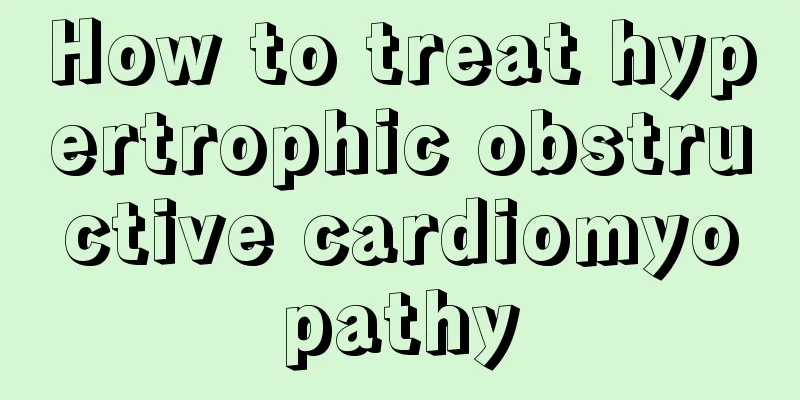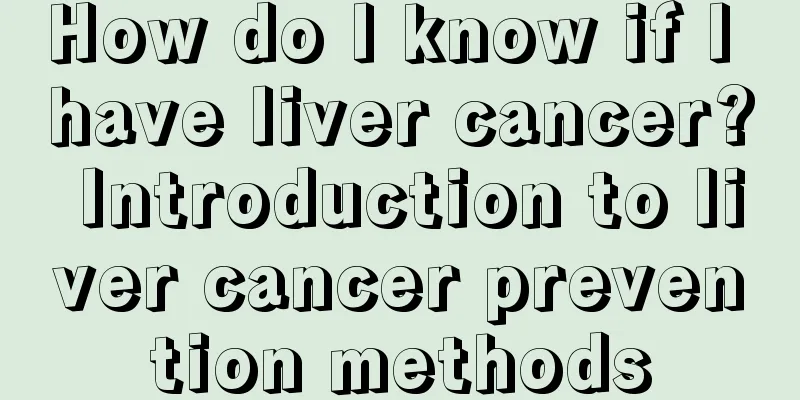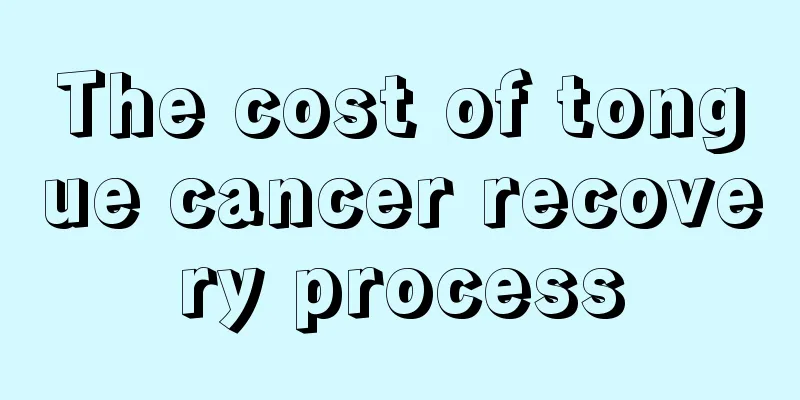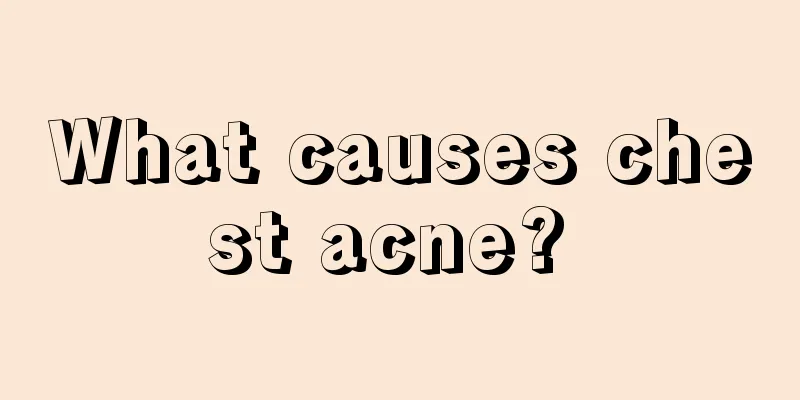How to treat hypertrophic obstructive cardiomyopathy

|
The treatment of hypertrophic obstructive cardiomyopathy may include general treatment and drug therapy. General treatment may include the use of some drugs, such as digitalis, isoproterenol, etc., as well as reducing the workload on the heart, and also includes surgical treatment. 1. General treatment Drugs that enhance myocardial contractility such as digitalis, beta-receptor stimulants such as isoproterenol, and drugs that reduce cardiac load such as nitroglycerin may aggravate left ventricular outflow tract obstruction and should be avoided as much as possible. If mitral regurgitation occurs, infective endocarditis should be prevented. 2. Medication Relieve symptoms and control arrhythmias. (1) β-blockers weaken myocardial contraction, alleviate outflow tract obstruction, reduce myocardial oxygen consumption, increase diastolic ventricular expansion, slow heart rate, and increase cardiac output. (2) Calcium antagonists have both a negative inotropic effect to weaken myocardial contraction and an improved myocardial compliance to promote diastolic function. The combined use of beta-blockers and calcium antagonists can reduce side effects and improve efficacy. (3) Antiarrhythmic drugs are used to control rapid ventricular arrhythmias and atrial fibrillation, with amiodarone being the most commonly used. Consider electroshock when drug therapy is ineffective. For patients with late-stage ventricular systolic function damage and congestive heart failure, the treatment is the same as that for heart failure caused by other reasons. For patients with obstructive cardiomyopathy who have a positive diagnosis and are not responsive to drug treatment, surgical treatment should be considered, including deep longitudinal incision of the interventricular diaphragm and partial resection of hypertrophic myocardium to relieve symptoms. In recent years, dual-chamber permanent pacemakers have been tried for right ventricular atrioventricular sequential pacing to relieve symptoms of obstructive patients, but much experience needs to be accumulated. 3. Surgery (1) Commonly used surgical methods include combined transaortic and left ventricular myocardectomy, transaortic incision and ventricular septal myocardectomy. (2) Treatment effect: The surgical mortality rate is about 10%. Common causes of death are low cardiac output and left ventricular incision bleeding. About 5% of cases develop complete conduction block after surgery, and the incidence of left or right bundle branch block is higher. If the clinical symptoms are obvious and medical drug treatment is ineffective, and the systolic pressure difference between the left ventricular cavity and the outflow tract exceeds 50 mmHg at rest, surgical treatment should be performed to remove the hypertrophic myocardium of the ventricular septum to relieve the obstruction. |
<<: How to effectively treat hypertrophic rhinitis
>>: How to wash red wine off clothes, 4 tips to resolve embarrassment
Recommend
The personality of a person who loves to be late
Work and study are an indispensable part of peopl...
How to arrange fruit cake
People usually eat fruit cake on their birthdays....
Why is liver cancer often discovered in the middle or late stages? How to effectively prevent liver cancer?
In my country, the main causes of liver cancer ar...
Is skin cancer recurrence serious?
Skin cancer is a type of malignant tumor, and man...
What's wrong with jelly-like stool
Defecation is a normal excretion process of the h...
Causes of nasopharyngeal cancer
Nasopharyngeal cancer can bring a lot of harm and...
How to shell dried lotus seeds
In daily life, many people like to eat lotus seed...
What are the benefits and functions of steamed elm money?
Steamed elm seeds are the most common plant outsi...
Can honey soaked garlic nourish the kidneys?
In today's society, people pay more and more ...
What should I do if my daughter has dark skin
It is said that a daughter is a father's litt...
Tibial collateral ligament
The joints of the human body are connected by lig...
What are the symptoms of skin tuberculosis?
Skin tuberculosis can be particularly long-lastin...
Will real honey crystallize? The truth is this
Will honey crystallize? The truth is this In rece...
Two Chinese medicine prescriptions for breast cancer patients
After breast cancer patients develop the disease,...
What movements are good for the cervical spine
Nowadays, many people's work requires them to...









